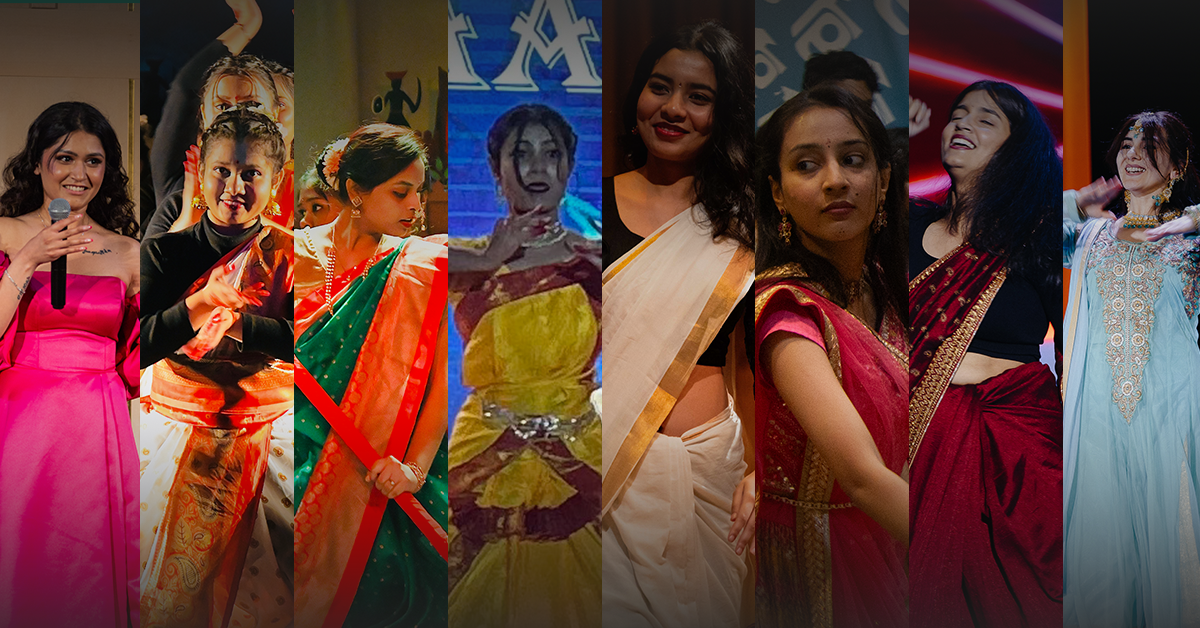
Pursuing an MBBS degree abroad is a dream come true for Indian students. It allows them to gain international exposure, quality education, and diverse cultural experiences. However, being away from home, especially during festivals, can be challenging. Festivals are an integral part of Indian culture, and celebrating them abroad helps students stay connected to their roots while fostering a sense of community and joy.
Festivals in India are not just occasions for celebration but also moments of togetherness, gratitude, and cultural pride. Festivals also remind students of their family and community, offering emotional support and camaraderie. Despite their great enthusiasm, students encounter great challenges while studying abroad, whether it is about balancing festivals and studies at the same time or finding traditional attire, sweets, etc. Students always feel homesick, especially during the festive season.
In this feature, we will try to uncover how MBBS students studying abroad can maximize their festive celebrations.
Indian students often come together to organize grand celebrations. Universities with a significant Indian student population, such as those in Russia, the Caribbean, and Bangladesh, support these initiatives. Student associations play a pivotal role in organizing events for festivals like Diwali, Holi, and Navratri.
Example: During Navratri, students might organize garba nights, complete with traditional attire and music. For Diwali, they light diyas, burst crackers (where permissible), and share sweets.
Technology bridges the gap between students and their families. On festivals like Raksha Bandhan or Ganesh Chaturthi, students connect with their families through video calls, participate in rituals virtually, and share their festive moments on social media.
Students often showcase their creativity by making decorations themselves.
Limited access to traditional materials encourages students to innovate with available resources, keeping the spirit of the festival intact.
Food is an essential part of Indian festivals. Students often cook traditional dishes together, sharing recipes and memories from home.
These culinary adventures also introduce Indian cuisine to international friends, fostering cultural exchange.
Many students involve their international peers in celebrations, offering a glimpse into Indian culture.
Many universities abroad have Indian cultural societies that actively organize and promote festivals.
For festivals rooted in spirituality, students often visit local temples, gurdwaras, or churches to seek blessings. If these places are not available, students create their own sacred spaces within their dorms, ensuring the rituals are performed with devotion.
Indian MBBS students abroad have displayed remarkable resilience and creativity in keeping traditions alive.
Celebrating festivals abroad is more than just a tradition for Indian MBBS students—it’s a way of life that connects them to their roots, provides solace, and builds a supportive community. While the challenges are many, the determination and creativity of these students ensure that the festive spirit continues to thrive, no matter where they are.
These celebrations not only preserve Indian culture but also enrich the cultural fabric of their host countries, proving that traditions have no borders. By keeping their heritage alive, these students embody the spirit of unity in diversity, making every festival a truly global affair.
Whether it’s the glow of diyas on Diwali, the splash of colors on Holi, or the unity of Onam’s grand feast, Indian MBBS students abroad remind us that home is where the heart—and the celebrations—are.